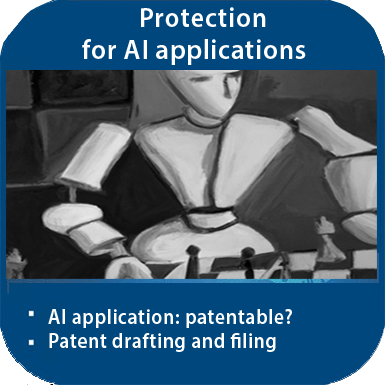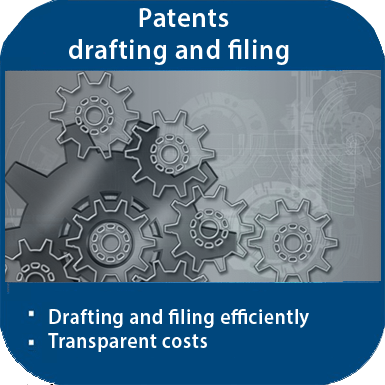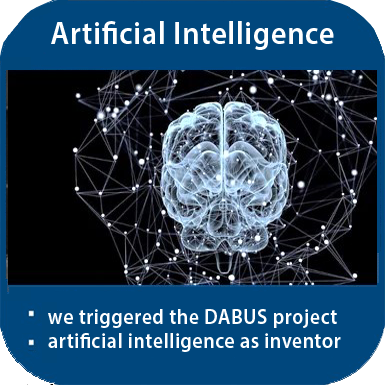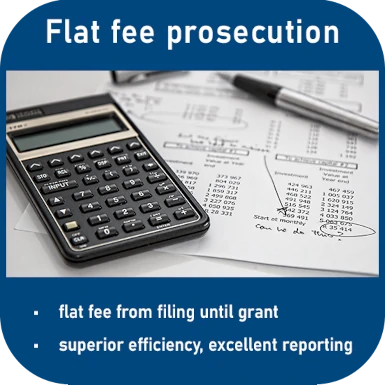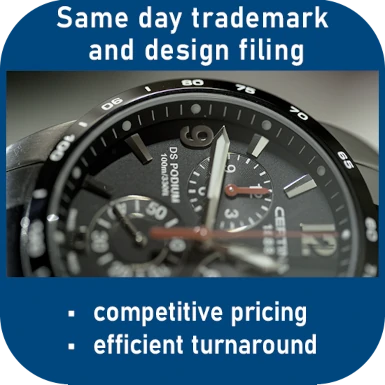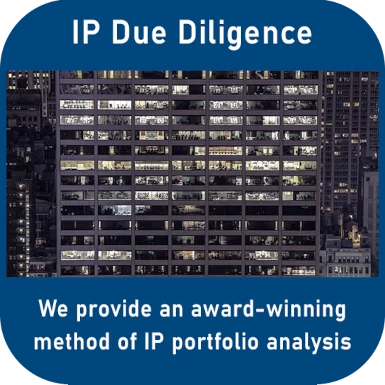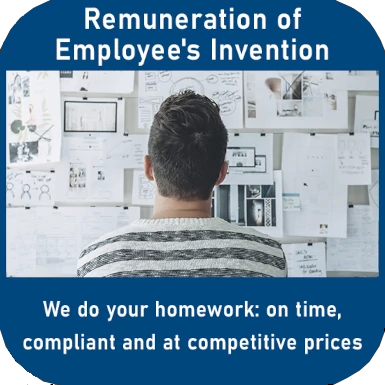Laser treatment: new? inventive? according to norms?

In a recent decision of the Board of Appeal of the European Patent Office in the context of a laser treatment, novelty and inventive step are interesting aspects.
Another interesting aspect is the question of the norms for medical devices:
Does the fictitious skilled person necessarily have to take the medical device norms into account when interpreting the prior art documents?
The facts
The challenged laser application, protected by the European patent title ôPatterned Laser treatment of the retinaö, concerns a therapeutic eye treatment with laser application and a corresponding medical device. The panretinal photocoagulation (PRP) described in the patent is a commonly known standard treatment in which areas of the retina are treated with scattered laser burns.
The system of the patent uses a scanner to move the laser beam from one treatment site to another. Described is an embodiment with a laser beam that provides an alignment pattern such as three separate spots.
The two features
a) alignment pattern with separate spots and
b) the movement of the alignment beam
are the relevant distinguishing features.
Objection: Claim 1 deviating from original embodiment
The opponents (Valon Lasers Oy (Finland) and Carl Zeiss Meditec AG (Germany)) challenged novelty and inventive step with several relevant citations.
They also claimed that claim 1 was different from the embodiment with alignment pattern as granted (infringement of Article 123(2) EPC).
The Board of Appeal of the European Patent Office rejected this objection. The feature "the alignment beam provides a visible alignment pattern comprising a plurality of 'separate spots'" could be realised by a single beam or also a multiple beam. However, since the scanner directs the alignment beam from separate points to others, the beam described in claim 1 cannot be a multiple beam. That would not make sense technically.
The alignment pattern is therefore created by the combination of the alignment beam and the scanner. Claim 1 did not contain any additional subject-matter, the board found.
"Separate spots" - distinguishing feature of the laser treatment?
The opponents also argued that the "separate spots" may be visually distinguishable, but do not necessarily have a distance between them. And the fact that D10 aims at treating a uniform coagulation spot would not mean that D10 did not contain any "separated spots".
However, the board of appeal rejected this objection.
All embodiments of the patent disclosed separate spots, i.e. spots that were not physically connected or spaced apart. Moreover, it was clear to the skilled person that all spots had to be separated from each other. Since the separated treatment spots must correspond to the target spots, the target spots are necessarily also "separate spots".
D10, on the other hand, did not disclose a visible alignment pattern with a plurality of separate spots at all, the board noted, but only the contour shown in a figure. Moreover, D10's alignment (to coagulate with a small, scanning laser beam to cover the entire area) gave no reason to project an alignment pattern with separate points onto the retina.
Laser treatment - new and inventive
Therefore, the board held that there was both novelty and inventive step over the citations.
The citations against the challenged laser treatment were indeed relevant.
For example, D10 discloses a laser treatment system having the features of the preamble of claim 1, D9 discloses a laser system for microphotocoagulation of the retina comprising the features of the generic term of claim 1 ("acousto-optic deflector") and D5 discloses the use of a small low-energy beam scanned over a larger treatment area to completely coagulate that area - with a pattern of separate treatment sites.
But the citations were different from the patent in suit either in terms of the "separate spots" or in terms of the movement of the scanner, the board of appeal found, so the patent in suit was both novel and inventive.
Norms for medical device - part of the technical knowledge
But is the contested patent also inventive in a combination of the citations with the general technical knowledge (D8)?
This is an interesting objection, because the general technical knowledge in this case comprises the norms for a medical device disclosed in D8, according to which, inter alia, the treatment location of a therapeutic laser must be visibly indicated.
Significance of the norms for document interpretation - a question for submission?
Norms - a question for submission?
The Carl Zeiss Meditec AG wanted to be decided by the Enlarged Board of Appeal as to whether the skilled person must necessarily take the medical device norms into account when interpreting a prior art document and submitted corresponding questions for reference.
The decision whether or not to refer a question is a decision of the Board of Appeal. And for a referral to be admissible, the question referred must be relevant to the decision of the case in question.
However, the Board of Appeal decided that the present case was not. The general knowledge illustrated by the standard disclosed in D8 does not motivate the skilled person to project an alignment pattern of "separate spots" onto the retina by means of an alignment beam, the board held.
The subject-matter of claim 1 was therefore to be considered inventive even if standard D8 was taken into account. The questions referred were therefore not relevant to the decision of the case, the board held.
Moreover, there are large local variations in the norms. In the boardĺs view, it would not be justified to expect the fictitious skilled person to always interpret the prior art documents compliant with every possibly applicable norm.
The Board of Appeal refused to refer the questions for reference to the Enlarged Board of Appeal and dismissed the opponents' appeal in its entirety (T 0261/18).
Do you want to file a patent application or defend an invention? Benefit from our experience.
Please contact us by phone at +49 69 69 59 60-0 or info@kollner.eu, the first call is free of charge.
